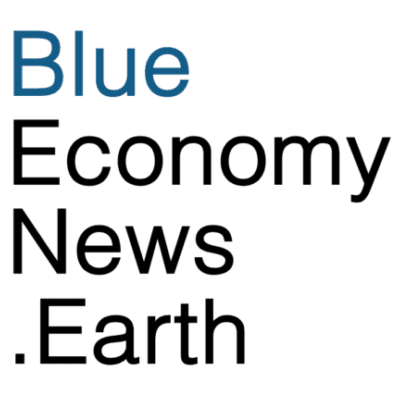The Philippines has designated Bitaug Marine Protected Area (MPA), covering 149.46 hectares (about 370 acres, or 1.5 square kilometers) of vibrant coastal oceans.
Bitaug is home to climate-resilient coral reefs, seagrass meadows, commercially important fish stocks, and vibrant populations of sea turtles and sharks. Notably, it includes explicit rules prohibiting the catch of sharks and rays (unless for research purposes)–making Bitaug part of a growing roster of MPAs around the world with targeted protections for these vulnerable species.
“This momentous event is not just the launching or inauguration of a protected site, it is a powerful step forward in our collective journey toward environmental sustainability, coastal resilience, and community empowerment, “ says Peachy Baquilta, Assistant Extension Director of Siquijor State College.
The MPA designation reflects nearly two decades of participatory planning and consultations, community leadership, and support from a huge variety of agencies and NGO partners like Wildlife Conservation Society (WCS). Central to the MPA’s success is the Bitaug Fisherfolk Association (BitFA), which co-manages the site with the local government. BitFA members advocated for the creation of the marine protected area for years and will play a key role in enforcement, operations, and awareness-building, with support from Siquijor State College, the Department of Environment and Natural Resources (DENR), the Bureau of Fisheries and Aquatic Resources (BFAR), and WCS Philippines.
“We are willing to be of service to this MPA,” said Othello Manos, President of BitFA. “Hopefully, in time, we will truly take charge of managing and caring for our MPA. This is the beginning of what we’ve been dreaming of for almost eighteen years.”
In a turn of innovative marine protected area design, Bitaug is to be governed by a management framework that includes revenue-sharing from eco-tourism activities like snorkeling and diving, ensuring conservation benefits are reinvested into local conservation and community development.
“Our coral reefs, seagrass beds, and mangroves are interconnected. They must be protected together if we truly want to secure our environment and our future,” said Kristine Kate Lim, Country Director for WCS Philippines. “This initiative is a powerful step in that direction.”

